This NASA-approved plant hack cools your home for free — here's how
Did you know that houseplants can cool your home?
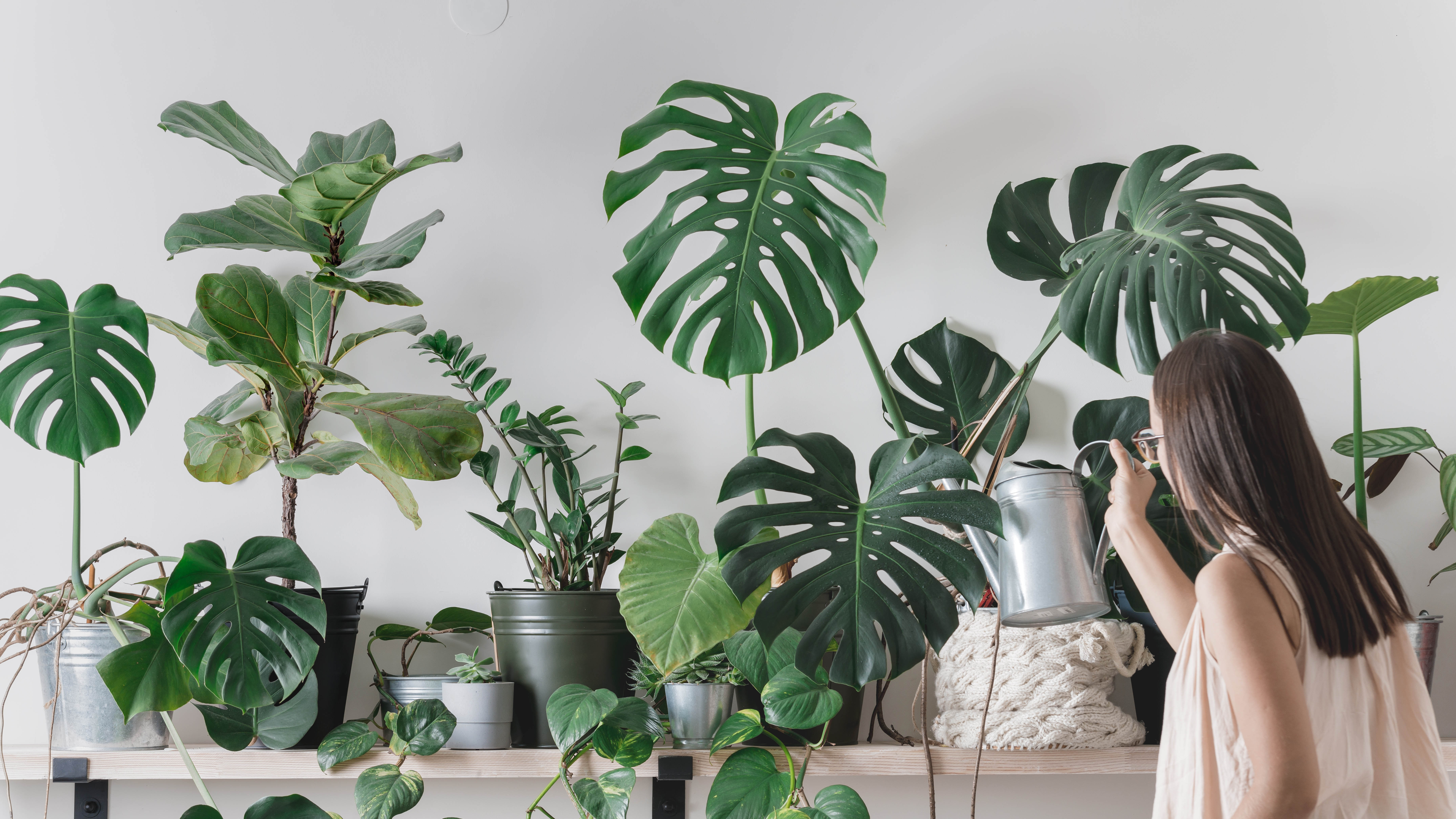
With temperatures climbing, many homeowners are searching for affordable ways to keep cool without cranking up the AC. As it turns out, one of the most effective solutions might already be sitting on your windowsill.
According to NASA's Earth Science Division, thanks to a natural process called transpiration, houseplants can help combat rising temperatures. This biological air conditioning system not only helps the plants regulate their own temperature but also cools the surrounding air.
Houseplants don’t just look good, they can actually help improve the air quality in your home by circulating air and removing certain pollutants. What’s even less well known is that some plants can also have a cooling effect, helping your space feel fresher and more comfortable.
Read on to learn how plants can help cool your home naturally, plus which types are the most effective and how to care for them.
How plant transpiration cools your home
Transpiration is essentially how plants sweat. Water moves from the soil up through the plant's roots and stem to the leaves, where it evaporates into the air. This evaporation process naturally cools both the plant and the surrounding area.
As well as delivering water and nutrients to the plant's cells, this process keeps plants cool as water evaporates from the leaves. Transpiration also cools the area around the plant.
While a single small plant won't replace your air conditioning unit, strategic placement of several transpiring plants can create noticeable temperature differences in specific areas of your home.
Get instant access to breaking news, the hottest reviews, great deals and helpful tips.
How to maximize plant cooling power
1. Keep your plants well watered

Regular watering is essential for keeping plants healthy and ensuring they continue transpiring effectively. When plants don’t get enough water, they naturally slow down the transpiration process to conserve moisture, which reduces their cooling effect.
Keeping your houseplants well-watered encourages consistent transpiration, helping them cool the surrounding air, especially during hot weather.
2. Increase humidity around plants
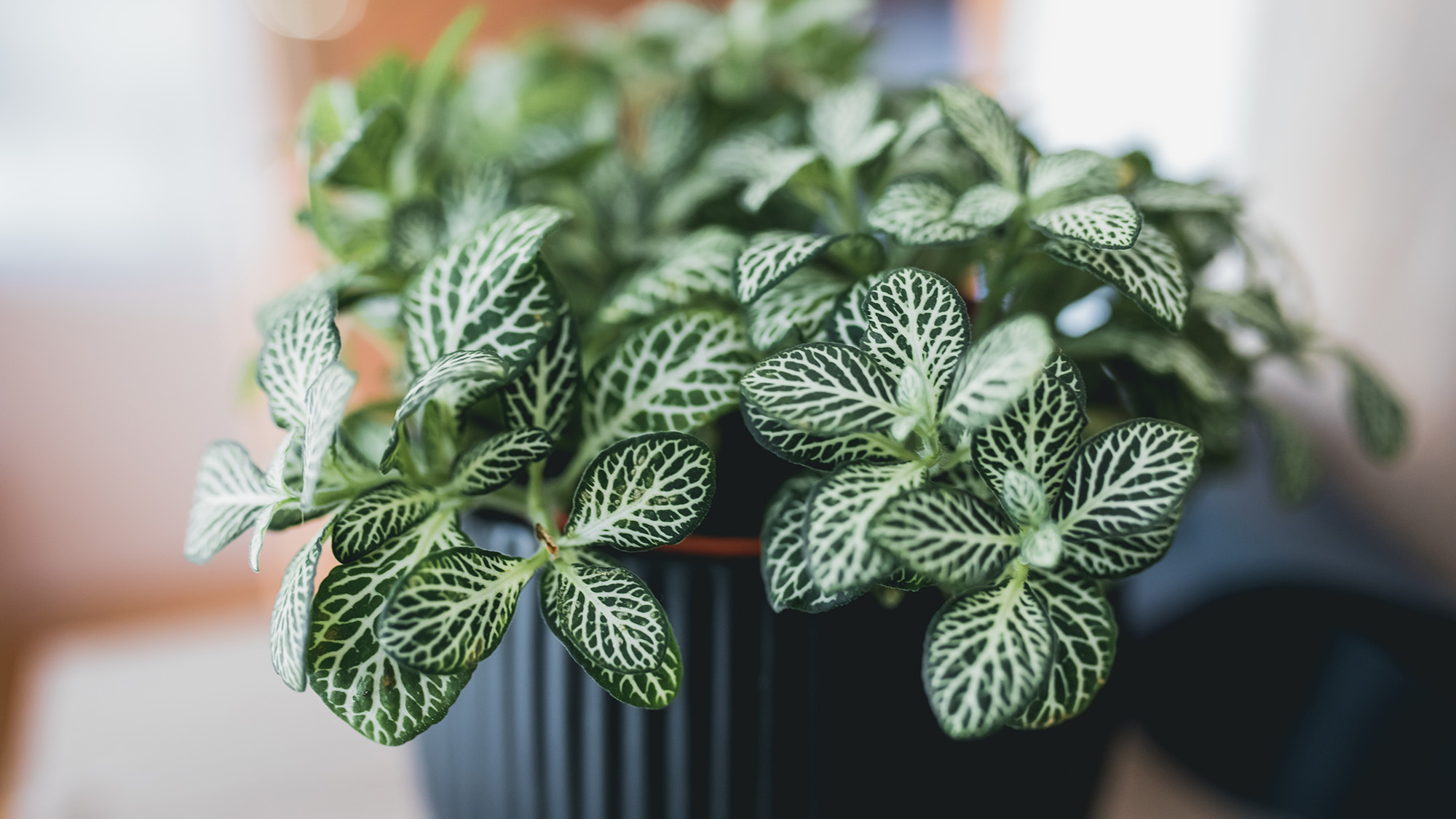
Creating a more humid environment around your plants can boost their cooling power. Placing a wet pebble tray beneath your pots helps form a humidity bubble, and as the water evaporates, it not only cools the surrounding air but also encourages the plants to transpire more.
Adding a small humidifier near your plants can enhance this effect, especially in dry indoor spaces.
3. Group plants together
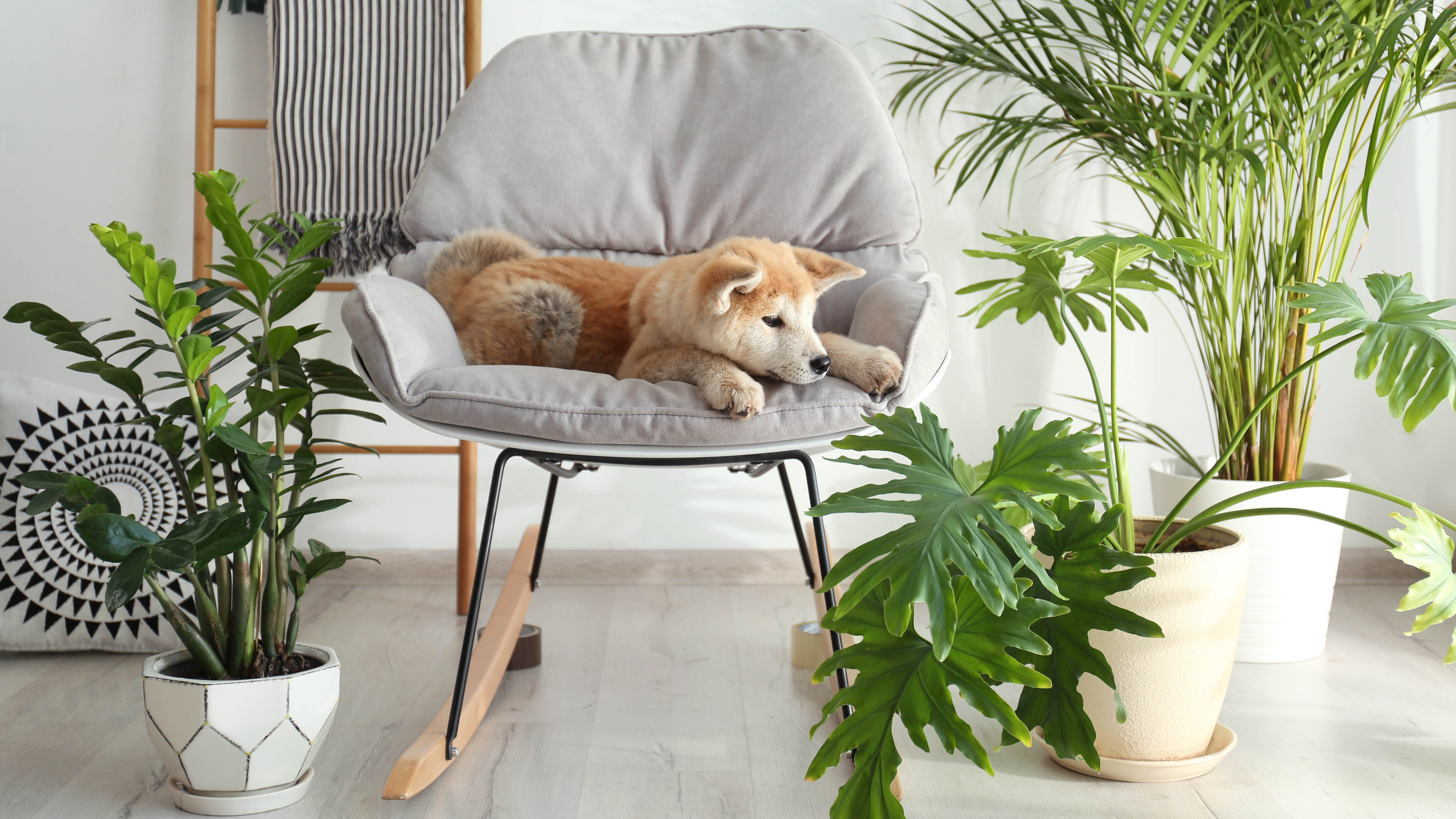
Clustering plants together helps create a mini humid microclimate, which keeps the surrounding air moist and supports steady transpiration.
Grouping plants in the areas where you spend the most time like living rooms or bedrooms can maximize their cooling effect and help prevent the soil and leaves from drying out too quickly.
4. Use larger pots
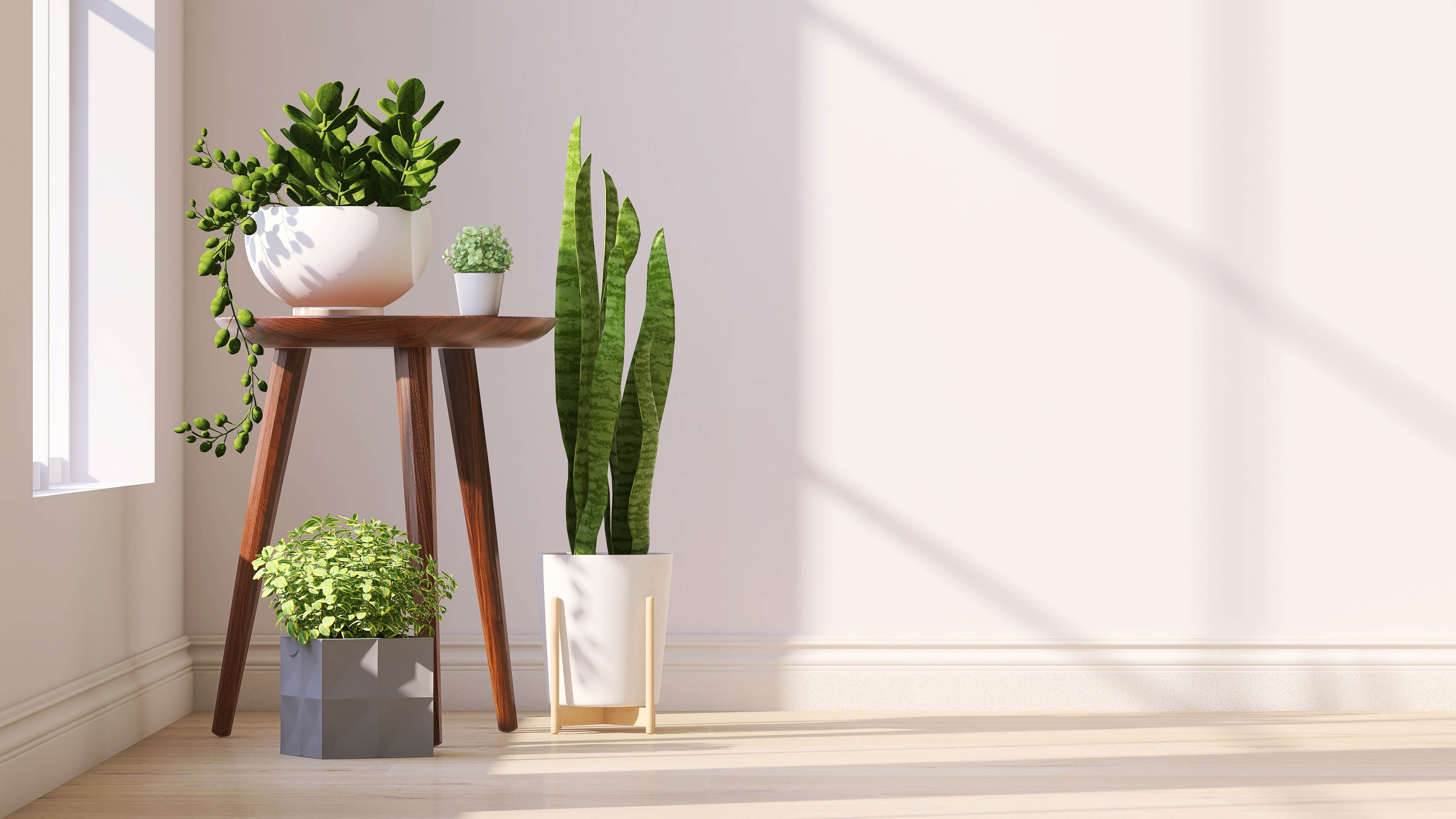
Plants kept in small pots can struggle with limited root space and may experience water stress, which slows down transpiration. Choosing larger pots allows the roots more room to grow and access water, supporting better hydration and a stronger cooling effect.
Ensuring your plants have enough space is key to keeping them healthy and effective at cooling.
5. Avoid summer pruning
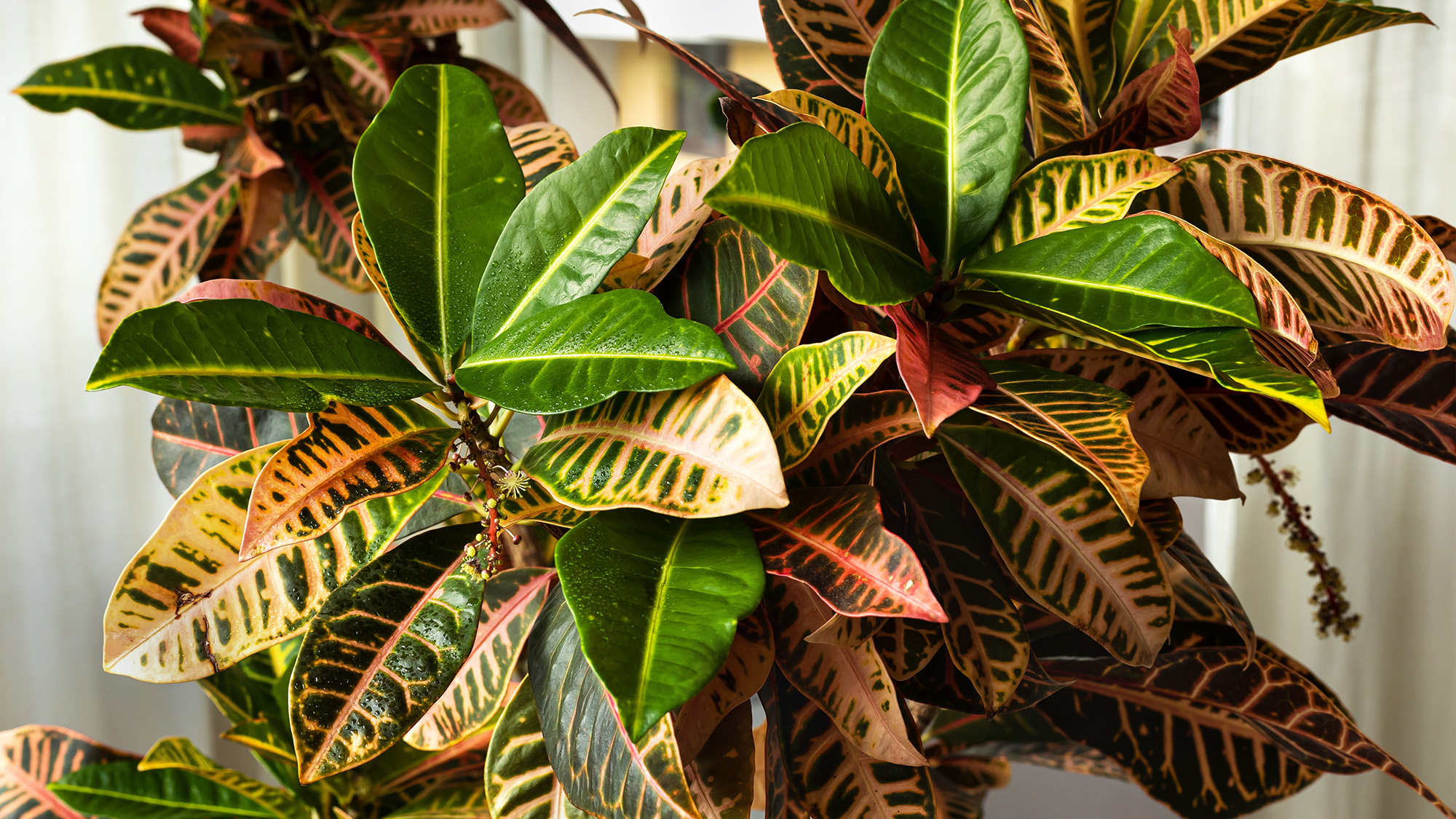
Trimming back plants during hot weather can temporarily reduce their cooling abilities, as it limits both leaf surface area and water uptake.
To maintain steady transpiration and cooling, it’s best to avoid pruning in the summer months unless absolutely necessary. Letting your plants stay full and leafy helps them do their job more effectively.
The best plants for natural cooling
Not all plants are equally effective at cooling. Species with larger leaf surfaces typically provide more cooling power since they have more surface area for water evaporation.
Here's the best variations for keeping your home as cool as possible:
- Snake plant: excellent for bedrooms as they release oxygen at night.
- Peace lily: a powerful transpirer that thrives in indirect light.
- Aloe vera: provides cooling benefits while requiring minimal water.
- Bamboo palm: perfect for creating a cooling effect in larger spaces.
- Boston fern: has a high transpiration rate but requires consistent moisture.
- Golden pothos: easy to grow and effective at purifying air while cooling.
- Spider plant: ideal for bathrooms due to its love of humidity.
And there we have it! You've now learned how to cool your home for free with NASA's houseplant hack. While you're here, why not check out some of our other articles?
Take a look at the secret to happy houseplants — are you overwatering and how to spot a thirsty houseplant. And if you're interested in propagating succulents from cuttings, we've got you covered.
More from Tom's Guide
- 7 tips to keep your windowsills clean during pollen season
- 3 spring cleaning mistakes that are attracting pests to your home
- I revived my stained cutlery with just baking soda and aluminium foil

Kaycee is Tom's Guide's How-To Editor, known for tutorials that skip the fluff and get straight to what works. She writes across AI, homes, phones, and everything in between — because life doesn't stick to categories and neither should good advice. With years of experience in tech and content creation, she's built her reputation on turning complicated subjects into straightforward solutions. Kaycee is also an award-winning poet and co-editor at Fox and Star Books. Her debut collection is published by Bloodaxe, with a second book in the works.
You must confirm your public display name before commenting
Please logout and then login again, you will then be prompted to enter your display name.
